Business
Union Budget 2022: Tax rebates in Budget for realty vital for salaried class

Currently, one-third of India’s population reside in cities and it is estimated to go up to 50 per cent by 2030. There is a steady rise in the number of households with a shift towards nuclear families and increased urbanisation.
The 66 per cent young population – below 35 years of age, are emerging as young millennial borrowers of home-loans. It is also true that home-loans market is driven by young borrowers within the age group of 26-35 years – about 25 per cent and also by people in the age group of 36-45 years – about 28 per cent. These are all active home-loan audience and jointly account for 53 per cent of annual originations.
The average ticket size of a home-loan of young borrowers has continued to increase over the last 5 years, with a CAGR of 6.2 per cent. The ticket size continues to increase more for women than men. The cumulative active home-loan base of these borrowers has seen continuous growth over the last 3 years at a CAGR of 3.5 per cent.
These young borrowers have been the reason for change in the home-loan market.
Within the affordable segment, volume growth in home-loans of Rs 15-35 lakh, over the last 4-5 years, indicate shifting preferences of buyers towards higher ticket sizes. Rural Housing demand for mid-range and higher ticket sizes has continued to increase over the last 5 years too. Share of annual originations (volume) of Rs 35-75 lakh ticket size has increased by 4 per cent in the last 5 years. Share of annual originations of Rs 75 lakh plus ticket size has increased from 0.37 per cent to 0.87 per cent in the last 5 years.
Share of annual originations of Rs 15 lakh ticket size has declined over the last 5 years, largely due to falling demand for very small ticket size segment of Rs 2 lakh.
The dearth of disposable income has been a deterrent factor for salaried class towards taking home-loan and buying real-estate. Since the input cost in real-estate has increased the rates, the salaried class is left with no other option but to approach for home-loans from financial institutions. Interestingly, the tenure of repayment of home-loan is fluctuating between 11-30 years.
There is also a deterrent factor for salaried class in home-loans and EMIs. The EMIs are no more supportive since the financial institutions first draw larger part of interest in the EMIs and principal component is kept less in more than first 50 per cent of the EMIs. As the EMIs near completion, the interest component becomes negligible and principal component is much higher.
Even if the buyer has the provision of pre-payment of home-loan, he ends up paying the larger portion of principal amount rather than saving on the interest. Further, the financial institutions also levy heavy fees on pre-closure of loans. In case the buyer opts for higher tenure for loan repayment, it then makes it difficult for the buyer to invest in second property.
One question that has been asked frequently is – “If the principal and interest amount are predefined, why the EMIs can’t have equal amount throughout the tenure.”
Coming to tax benefit, repayment of principal amount in a home-loan qualifies for deduction under section 80C, which has an upper limit of Rs 1.50 lakh per annum. Since the same section – 80C, accounts a number of other investments including PF, PPF and life insurance policies etc, it becomes impossible for a buyer to take advantage of any benefit out of this section.
Buyers are looking forward to increase in this limit in Union Budget-2022 since this limit has not been increased in last many years.
On the tax benefit for interest payment, since under section 20(b) of the Income Tax Act, there is a cap of Rs 2 lakh per annum on the interest part of the home-loan, home-loans being larger in size, the buyers are unable to take much benefit of the same too. To extend tax benefit to the buyers the government has also added few sub-sections 80EE, 80EEA under the Income Tax Act but the volume of loan is not allowing buyers to gain desired additional benefits out of these sub-sections.
What perhaps needed in the Union Budget 2022 is to bring dynamic changes in the income-tax slabs and increase the rebates under section 80C, 80EE, 80EEA and 24(b) of the Income Tax Act.
One of the greatest philanthropists Andrew Carnegie said – “Ninety percent of all millionaires become so through owning real-estate.” Andrew Carnegie is one of the five people who built America, the other four being Cornelius Vanderbilt, John D. Rockefeller, J.P. Morgan, and Henry Ford. Harv Eker, an author and businessman, known for his theories on wealth and motivation said – “Don’t wait to buy ‘real-estate’, buy real-estate and wait”. These two statements said all about owning real-estate and what it could mean to a buyer.
Globally, investment in real-estate is directly related to the future of a buyer and also growth of the economy, and so be in India.
Business
PNB declares Rs 2,434 crore alleged loan fraud against former promoters of Srei firms
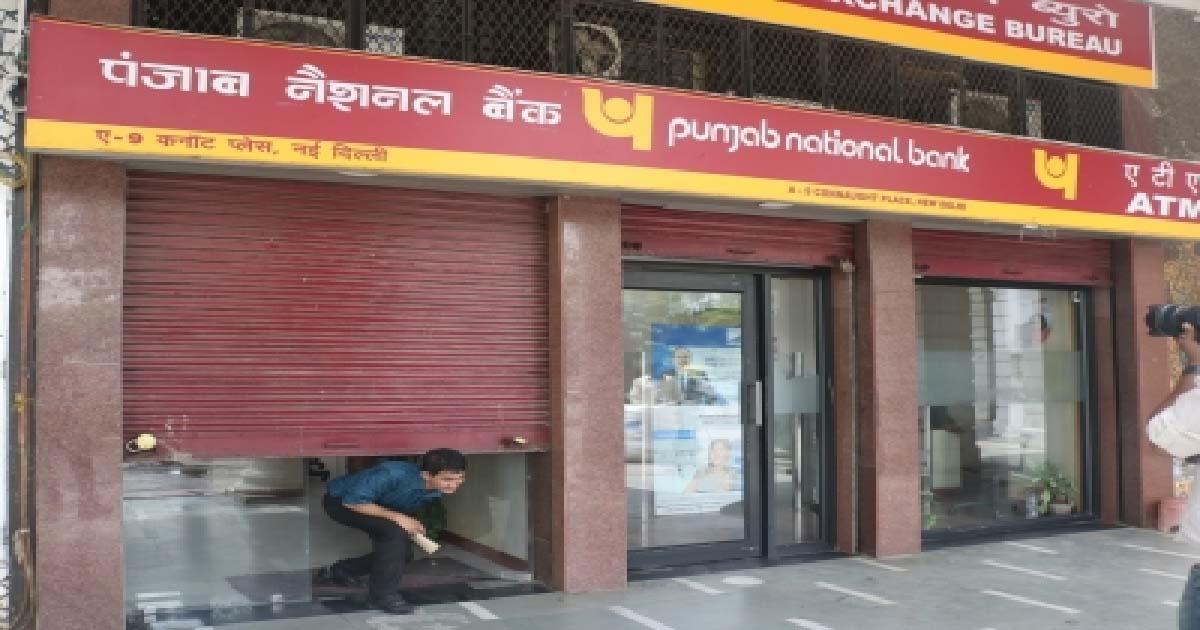
New Delhi, Dec 27: Punjab National Bank (PNB) has declared a Rs 2,434 crore alleged loan fraud by the former promoters of Srei Equipment Finance and Srei Infrastructure Finance.
In a late evening exchange filing, the state-run PNB said that “Pursuant to the applicable provisions of SEBI (LODFR) Regulations, 2015 and the Bank’s Policy for determining materiality of events/information required to be reported to the Stock Exchanges, it is hereby informed that the bank has reported borrowal fraud to RBI against the erstwhile promoters of Srei Equipment Finance and Srei Infrastructure Finance”.
PNB said that of the total fraudulent borrowings, Rs 1,240.94 crore is related to Srei Equipment Finance and the remaining Rs 1,193.06 crore is related to Srei Infrastructure Finance.
The public sector lender also said it has 100 per cent provisions for these loans. The bank said the declaration of these two accounts as frauds is based on a forensic audit, which pointed to irregularities such as loans to connected parties and potential evergreening of loans.
However, Srei group has challenged the forensic audit report as the basis for the fraud classification, noting the matter is subjudice.
Other banks such as Punjab & Sind Bank, Bank of Baroda, and Union Bank of India have also earlier declared a loan fraud in connection with Srei companies.
The Srei group has been undergoing an insolvency resolution process since 2021, and the National Company Law Tribunal has approved a resolution plan submitted by the National Asset Reconstruction Company in 2023. The Srei group was sent to the NCLT by the Reserve Bank in October 2021 after it had found governance issues and defaults and the regulator superseded the boards of Srei Infrastructure Finance and Srei Equipment Finance.
In February 2023, NARCL emerged as the successful bidder for SIFL and SEFL which together owed Rs 32,750 crore to lenders. NARCL won the bid in February 2023, got the NCLT approval in August 2023, and finalised the acquisition by January 2024.
Business
India 2nd largest mobile manufacturing country in the world: Minister
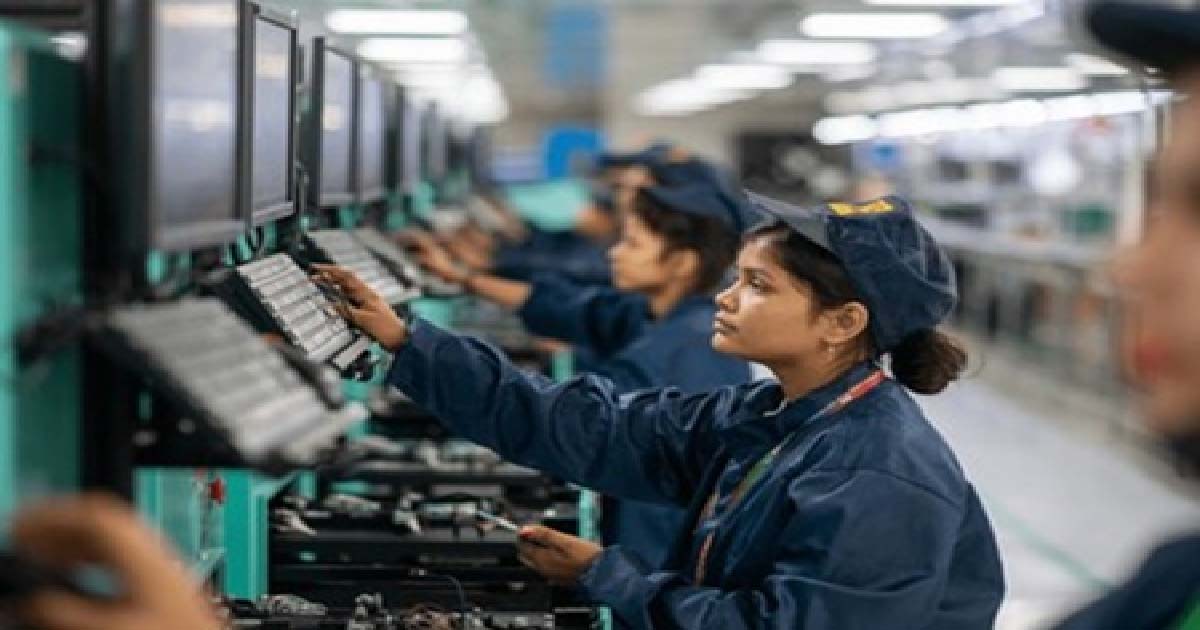
New Delhi, Dec 27: India has ramped up electronics production six-fold and is the second largest mobile manufacturing country in the world, Union Minister of Electronics and Information Technology Ashwini Vaishnaw said on Saturday.
In multiple posts on social media platform X, Vaishnaw said that the country has increased electronic exports eightfold over the past 11 years, mainly driven by policy support from the Production Linked Incentive Scheme.
The PLI scheme for Large Scale Electronics Manufacturing has attracted over Rs 13,475 crore in investment and helped achieve production of about Rs 9.8 lakh crore in the electronics sector, driving manufacturing, jobs, and exports, he said.
Vaishnaw highlighted that “over 1.3 lakh jobs were created in the last five years and that electronics is now India’s third‑largest export category, climbing from seventh place”.
He said the country was initially focusing on finished products, but the Electronics Component Manufacturing Scheme supported a shift to “building capacity for modules, components, sub-modules, raw materials, and the machines that make them.”
The Electronics Component Manufacturing Scheme has 249 applications representing Rs 1.15 lakh crore in investment, Rs 10.34 lakh crore in production, and creating 1.42 lakh jobs, the post said, adding it is the highest-ever investment commitment in India’s electronics sector, indicating industry confidence.
Vaishnaw also noted progress in the semiconductor sector, saying ten units have been approved, with three already in pilot or early production. The minister said that “fabs and ATMPs from India will soon supply chips to phone and electronics manufacturers”.
“Electronics manufacturing created 25 lakh jobs in the last decade. This is the real economic growth at the grassroots level,” the minister said.
“As we scale semiconductors and component manufacturing, job creation will accelerate. From finished products to components, production is growing. Exports are rising. Global players are confident. Indian companies are competitive. Jobs are being created. This is ‘Make in India’ impact story!” he noted.
Business
Indian stock market ends holiday-shortened week in positive terrain
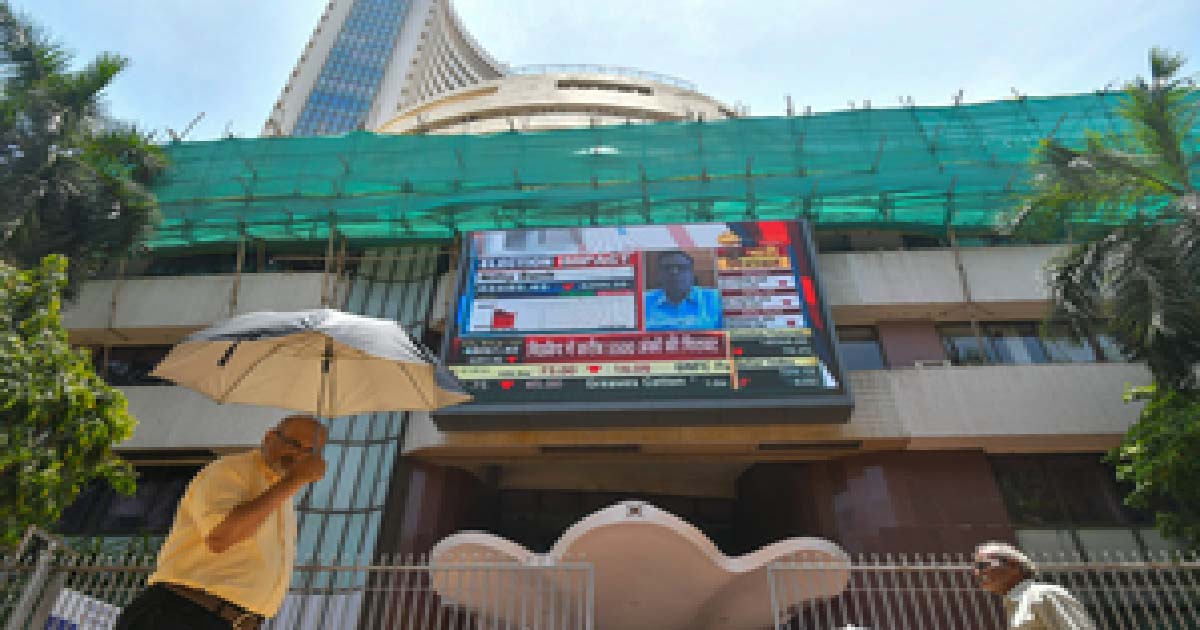
Mumbai, Dec 27: Indian equity markets ended the week in a positive terrain, buoyed by expectations of stronger domestic demand, a favourable liquidity outlook and optimism over potential Fed policy easing in 2026, analysts said on Saturday.
The holiday-shortened week opened with a bullish undertone; however, momentum tapered off as the days progressed.
On Friday, Sensex closed at 85,041.45, slipping 367.25 points or 0.43 per cent. Nifty also ended in the red, falling 99.80 points or 0.38 per cent to settle at 26,042.30.
According to market watchers, the year-end lull kept trading largely range-bound, with hopes for a Santa Claus rally diminishing amid the absence of fresh catalysts, limited progress in US–India trade talks, and caution ahead of the upcoming earnings season.
“Sectoral trends were mixed, marked by selective profit booking across most segments, while metals, FMCG, and media stocks offered notable resilience,” said Vinod Nair, Head of Research, Geojit Investments Ltd.
Nifty 50 ended the week at 26,042, continuing to respect its long-term rising channel on the daily chart. The index remains comfortably above the 20-day EMA cluster, preserving the medium-term bullish structure, said analysts, adding that as long as Nifty sustains above the 26,000–25,900 support zone, the overall bias remains positive.
On the domestic front, RBI’s liquidity interventions, such as open market operations and a USD/INR buy–sell swap, helped stabilise the rupee, though persistent FII outflows continued to weigh on sentiment.
Meanwhile, gold advanced on safe-haven demand, while crude prices hovered near multi-year lows, though U.S. steps to tighten pressure on Venezuelan oil shipments could exert upward pressure in the near term
Looking ahead, market sentiment is likely to stay cautious as investors brace for the upcoming earnings season while remaining attuned to global developments and currency movements, said analysts.
Attention will also turn to next week’s data releases, including India’s industrial and manufacturing output figures, manufacturing PMI, and the US FOMC minutes, said Nair.
-

 Crime3 years ago
Crime3 years agoClass 10 student jumps to death in Jaipur
-
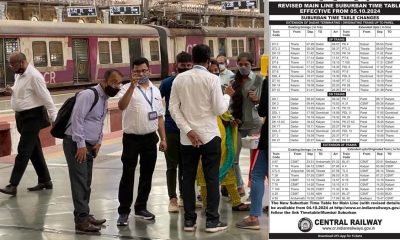
 Maharashtra1 year ago
Maharashtra1 year agoMumbai Local Train Update: Central Railway’s New Timetable Comes Into Effect; Check Full List Of Revised Timings & Stations
-
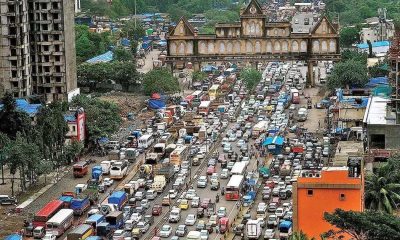
 Maharashtra1 year ago
Maharashtra1 year agoMumbai To Go Toll-Free Tonight! Maharashtra Govt Announces Complete Toll Waiver For Light Motor Vehicles At All 5 Entry Points Of City
-

 Maharashtra1 year ago
Maharashtra1 year agoFalse photo of Imtiaz Jaleel’s rally, exposing the fooling conspiracy
-
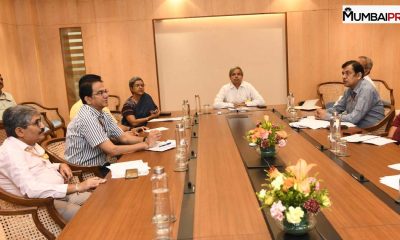
 National News1 year ago
National News1 year agoMinistry of Railways rolls out Special Drive 4.0 with focus on digitisation, cleanliness, inclusiveness and grievance redressal
-
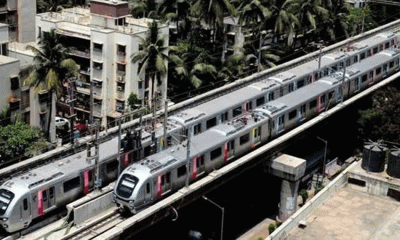
 Maharashtra1 year ago
Maharashtra1 year agoMaharashtra Elections 2024: Mumbai Metro & BEST Services Extended Till Midnight On Voting Day
-

 National News1 year ago
National News1 year agoJ&K: 4 Jawans Killed, 28 Injured After Bus Carrying BSF Personnel For Poll Duty Falls Into Gorge In Budgam; Terrifying Visuals Surface
-

 Crime1 year ago
Crime1 year agoBaba Siddique Murder: Mumbai Police Unable To Get Lawrence Bishnoi Custody Due To Home Ministry Order, Says Report












